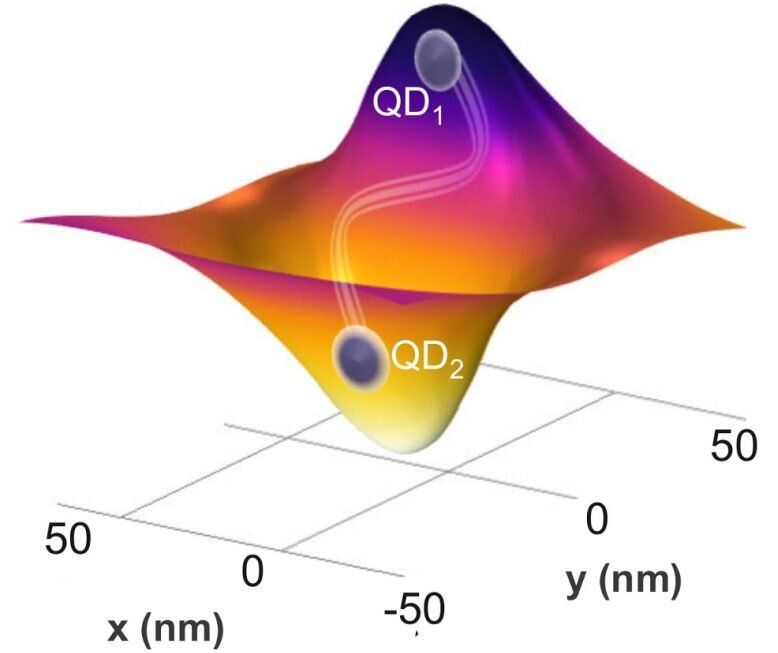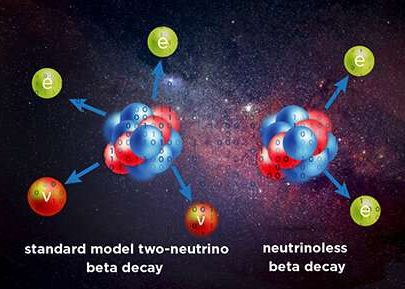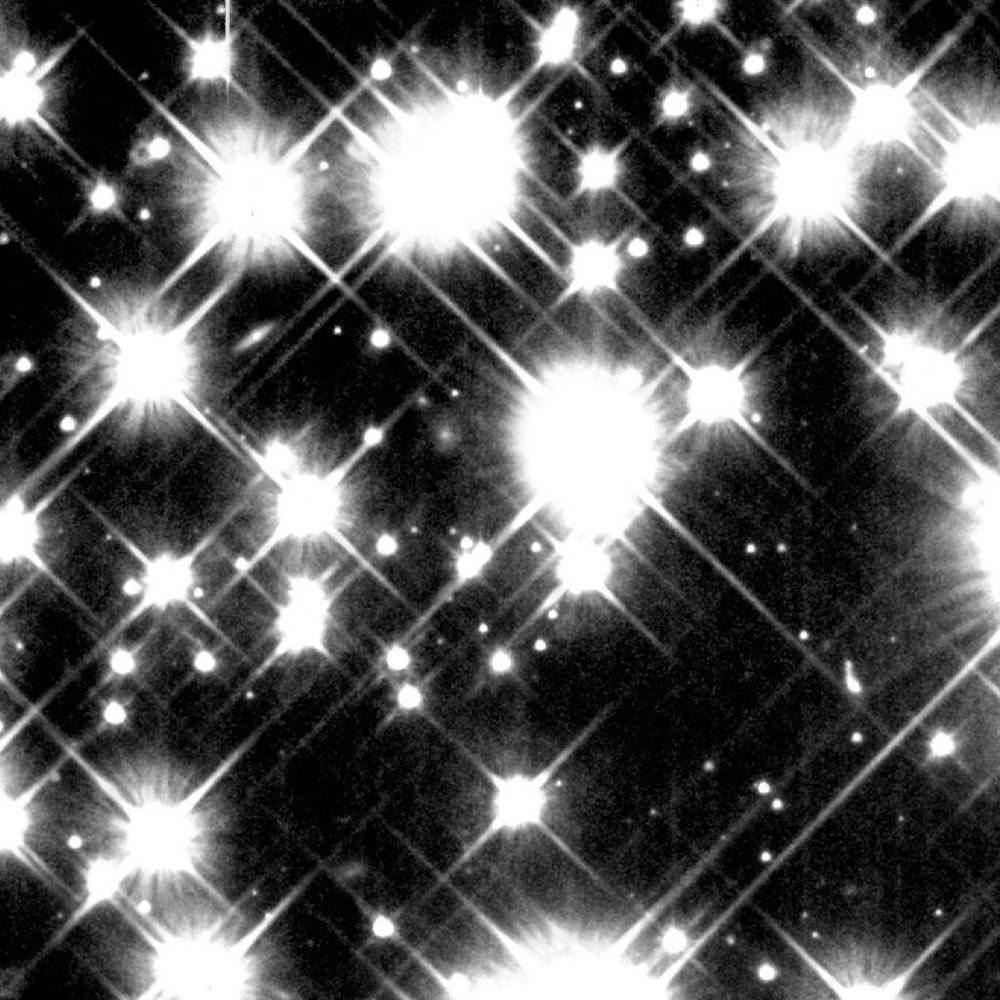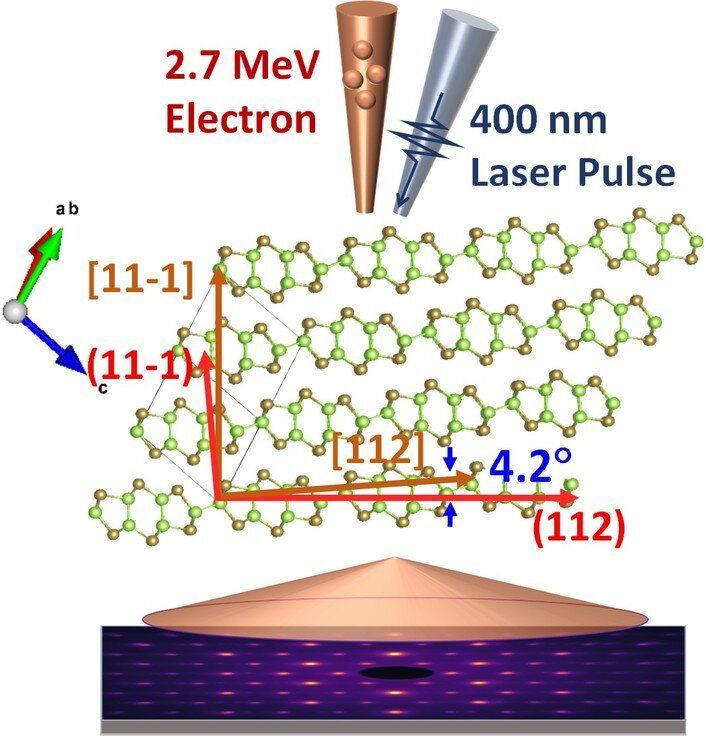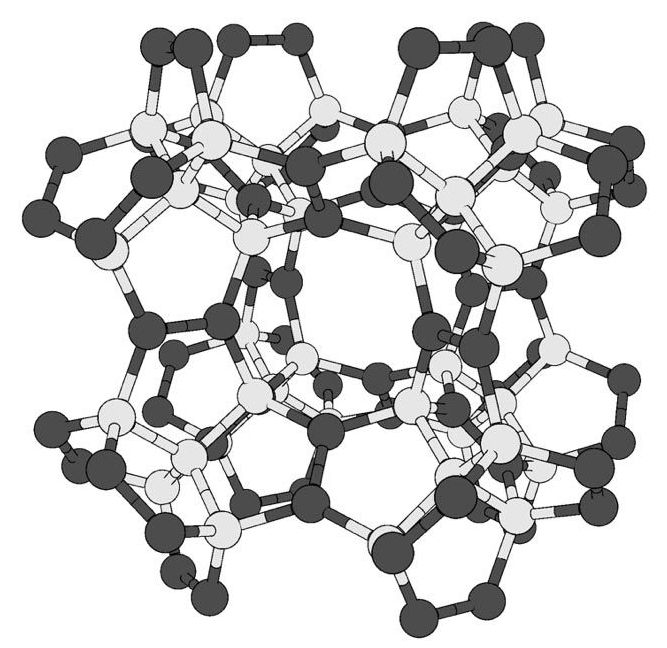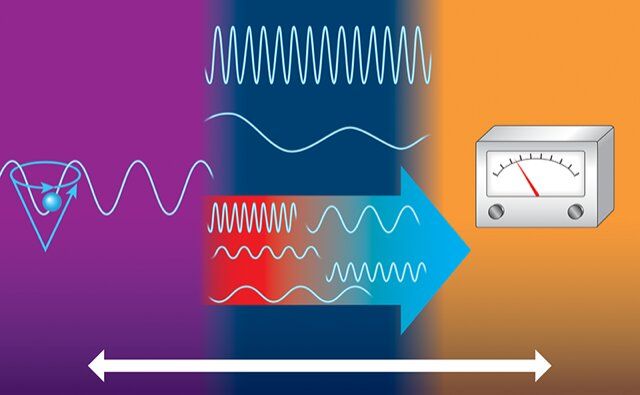
Zero electrical resistance at room temperature? A material with this property, i.e. a room temperature superconductor, could revolutionize power distribution. But so far, the origin of superconductivity at high temperature is only incompletely understood. Scientists from Universität Hamburg and the Cluster of Excellence “CUI: Advanced Imaging of Matter” have succeeded in observing strong evidence of superfluidity in a central model system, a two-dimensional gas cloud for the first time. The scientists report on their experiments in the journal Science, which allow to investigate key issues of high-temperature superconductivity in a very well-controlled model system.
There are things that aren’t supposed to happen. For example, water cannot flow from one glass to another through the glass wall. Surprisingly, quantum mechanics allows this, provided the barrier between the two liquids is thin enough. Due to the quantum mechanical tunneling effect, particles can penetrate the barrier, even if the barrier is higher than the level of the liquids. Even more remarkably, this current can even flow when the level on both sides is the same or the current must flow slightly uphill. For this, however, the fluids on both sides must be superfluids, i.e. they must be able to flow around obstacles without friction.
This striking phenomenon was predicted by Brian Josephson during his doctoral thesis, and it is of such fundamental importance that he was awarded the Nobel Prize for it. The current is driven only by the wave nature of the superfluids and can, among other things, ensure that the superfluid begins to oscillate back and forth between the two sides—a phenomenon known as Josephson oscillations.
